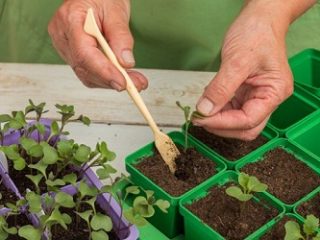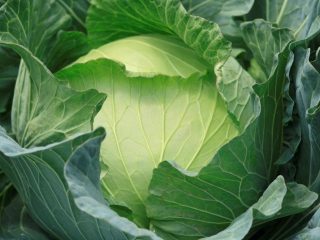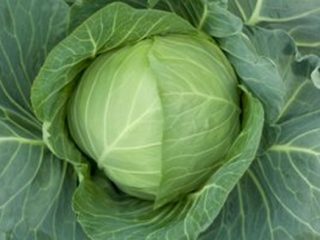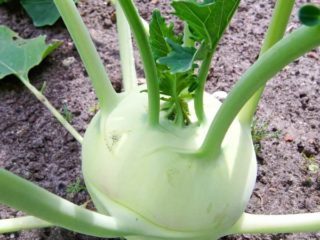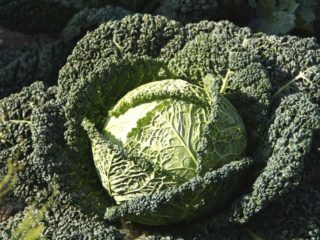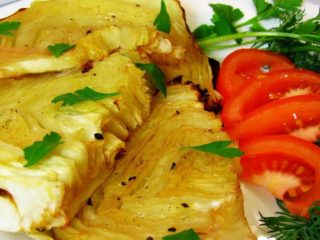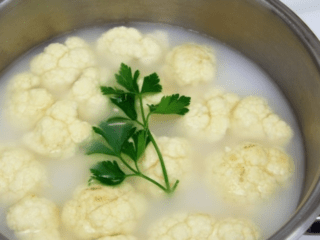Content
Shaping Brussels sprouts is important for their better development and the prevention of certain diseases. Foliage is necessary for the plant for respiration, photosynthesis and nutrition, protection from pests, overheating of the soil and excessive loss of moisture. It is important to carry out formation in a timely and correct manner.
Do I need to pick off the leaves of Brussels sprouts?
It is necessary to remove leaves from Brussels sprouts when they are no longer beneficial. This happens in the following cases:
- presence of mechanical damage;
- damage by pests and diseases with a risk of spreading the problem;
- contact with the ground - there is a shelter for insects, an opportunity for the latter to climb onto the plant;
- obstruction of air access to other above-ground parts;
- natural aging, yellowing, fading;
- too active growth, interfering with the development of heads of cabbage;
- shading of other plants;
- creating an obstacle for a person that interferes with caring for crops and harvesting.
Properly forming a Brussels sprout bush by removing unnecessary leaves is also necessary to obtain a good harvest. Timely and competent pruning allows the plant to direct more energy and nutrients to the development of heads.
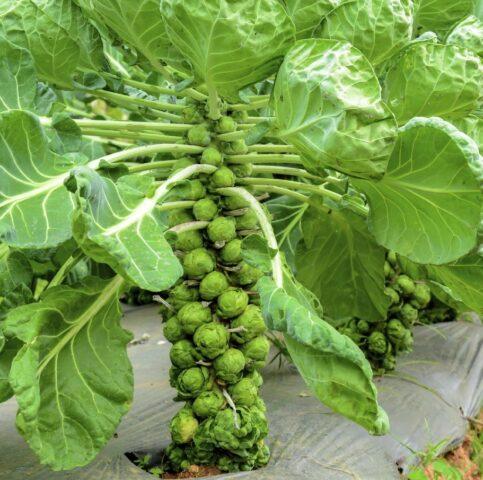
The foliage of the crop is large - the length of the plates can reach 40 cm, and the length of the petioles 33 cm
When to Harvest Leaves from Brussels Sprouts
You need to tear off leaves from Brussels sprouts as needed. This procedure is carried out when one of the above cases occurs. If there are no such factors, then formation is required only 3-5 weeks before harvest. The work is planned for dry and clear weather so that the wounds heal. Dampness can cause rot.
Formation stops a few weeks before harvest. To ripen the heads of cabbage at this time, it is optimal to cut off the top of the main stem by 3-5 cm. This is usually done in late summer or early autumn.
What leaves to trim from Brussels sprouts
The bottom leaves of Brussels sprouts need to be trimmed off. If there are reasons for pruning, first remove 6-8 pieces. They are cut off as close to the main stem as possible. Then, during the growing season, another 2-3 lower leaves are removed weekly. The top plates are left untouched until the end of summer, as they are important for nutrition.
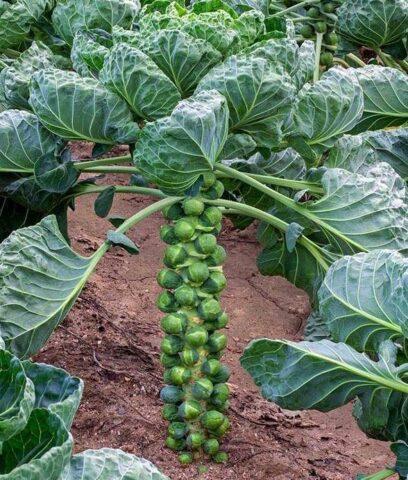
Leaves can be torn off or cut with a sharp knife or pruning shears
Care after pruning
After the bush is formed, the cuts remain. They secrete plant sap, which can attract aphids and other pests. It is worth observing the crop; it is useful to carry out preventive treatment. You can use folk remedies for it.
The culture is moisture-loving, and after formation it should not be allowed to dry out. Water the plant once every 2-3 days, and in extreme heat without precipitation twice a day. For 1 m² of planting, 40 liters of water are consumed, and after the formation of heads of cabbage, 50 liters.The recommended method is sprinkling or drip irrigation.
When forming heads, including after pruning, the plant needs phosphorus and potassium. Fertilizers are applied in dry form or in the form of a solution. For 10 liters of water take:
- 30 g potassium sulfate;
- 55 g superphosphate.
You can use complex fertilizers or natural fertilizers. Wood ash diluted with boiling water (1:6) is suitable.
Conclusion
It is necessary to shape Brussels sprouts for better development of the crop, prevention of diseases and pests, and increased yield. The leaves are cut as needed or several weeks in advance to collect the heads. After formation, the plant is provided with comprehensive care.
